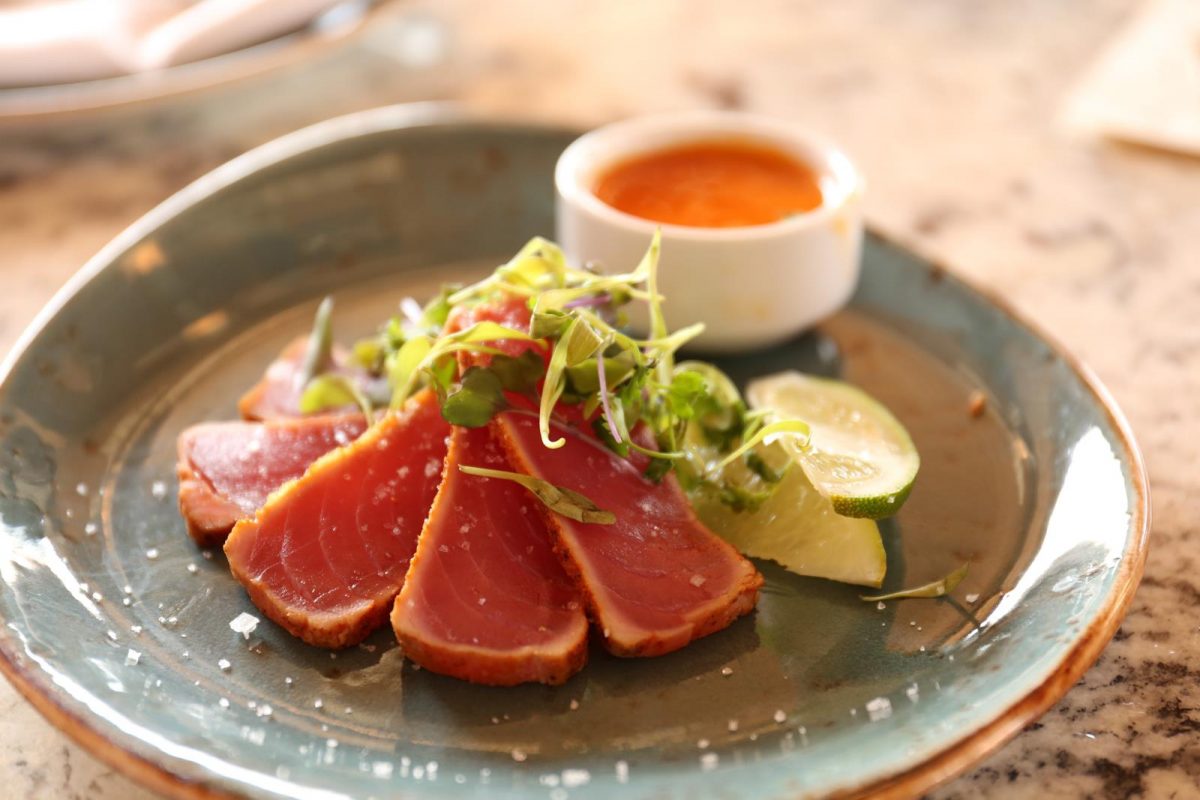Tips for Preparing Meals at a Fine Dining Restaurant

Fine Dining is defined by the Travel and Leisure Analysis as the art of satisfying palates through food and drink. Fine dining restaurants usually serve full-service meals with specific, selected complementary meal courses. Dine in fine-dining restaurants normally employs more highly skilled staff. DÉcor of these restaurants usually includes higher-quality materials used, with establishments usually having some basic rules of etiquette that guests are expected to follow, at times including a dress code to certain dining areas.
A fine dining experience begins with the dining environment. The first thing to be considered for any space is the overall feel or the general “ambiance” of the place. The second thing would be the quality of the furniture used, which may affect the whole atmosphere of the place, for instance, if the chairs are uncomfortable or not of good quality then the whole experience of the meal would be ruined.
Dining experiences can also be improved by using a quick service. Quick service does not necessarily mean dirty dishes but it means efficient service. Quick service can be obtained in many fine dining restaurants by using a carafe sink, perhaps with a wooden handle so that the server can be reached quickly when the customer needs him. This kind of service can also be obtained in fast casual restaurants. The servers do not need to carry an entire tray, keeping them moving from one table to another constantly.
Good Chefs: There have been many debates about the skill and experience of chefs in fine dining restaurants. Some people say that those who make the highest profits are the chefs who know the most about the food that they prepare, others believe that the experience that the chef has is also very important. The common perception is that the more experienced a chef is the more expensive his meals will be. In actual fact the experience of the chef is not so much the determinant of the price as the quality of ingredients that are used in his recipes and the training and experience of his staff. An experienced chef can work for a much lower price than someone with very little experience, and a chef who works in a top restaurant can work for a much higher price than someone in a very casual restaurant.
Ambiance: A place can be classed as fine or casual dining restaurants offer two different kinds of ambience. A casual dining establishment can be more relaxed and casual than a fine dining restaurant and can have an informal atmosphere. A fine dining restaurant offers an elegant atmosphere. The food being served can be of a very high standard and the guests are expected to leave with a smile on their face. Either one can be appropriate for particular occasions.
Service: There is sometimes confusion between the service and ambiance. Service in a fine dining establishment may mean the provision of complimentary coffee when customers arrive at the table, but it is the attitude of the staff that is given the credit for this simple gesture. Some patrons will be willing to pay a bit more for a better service and some will be dissatisfied regardless of whether they pay a bit more or not. If the atmosphere is informal, there is a chance that a lot of people will be willing to pay a bit more for a superior experience.
Linen Napkins: The material that patrons use to serve themselves at a fine dining restaurant is a deciding factor in the price that they pay. The less expensive linen napkins are the best choice for most patrons and those that are willing to pay more for something better. For instance, if patrons choose to dine at a restaurant with a cloth napkin, but they do not want to use a napkin they could ask for a plastic or paper napkin. The waitress will be able to adjust the price to make up for the additional cost of linen napkins. In a formal atmosphere such as a fine dining restaurant linen napkins are expected and will be given when requested.
Different Types of Chef Food: Of course, there are many different types of chef food that can be offered at a fine dining restaurant and there is an even greater variety of foods available to the guests than there is at home. When preparing these dishes, it is important for the chefs to remember the varying tastes of all of the guests. It is important for a chef to consider what types of food people might be allergic to and make sure to prepare dishes that avoid these potential allergies. The chef also needs to have an idea about the various types of tastes that people have and use these different types of tastes when creating the various courses that will be served at the table. There are many great tasting cuisines available to the chef to prepare for a fine dining restaurant.


Recent Comments